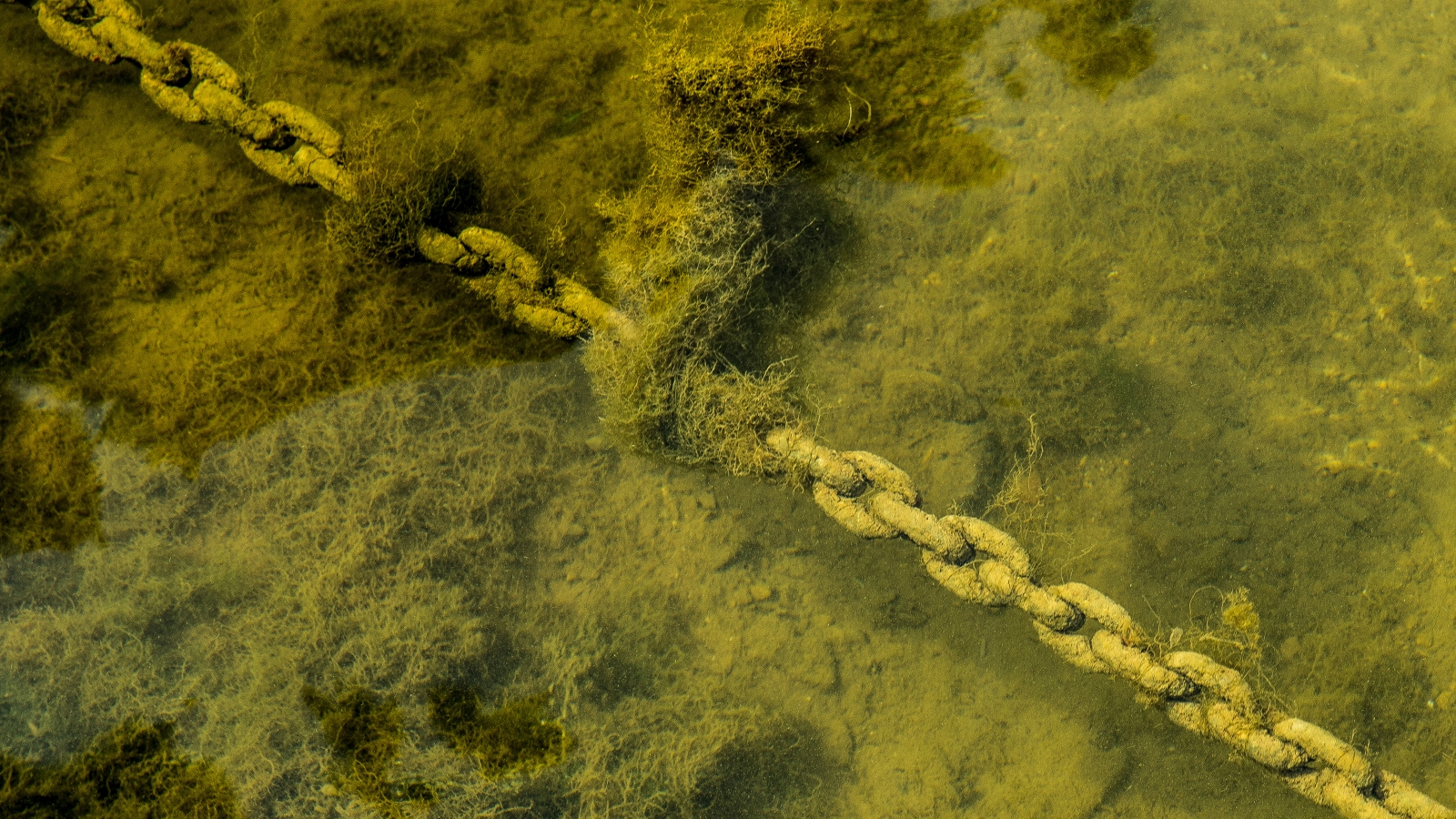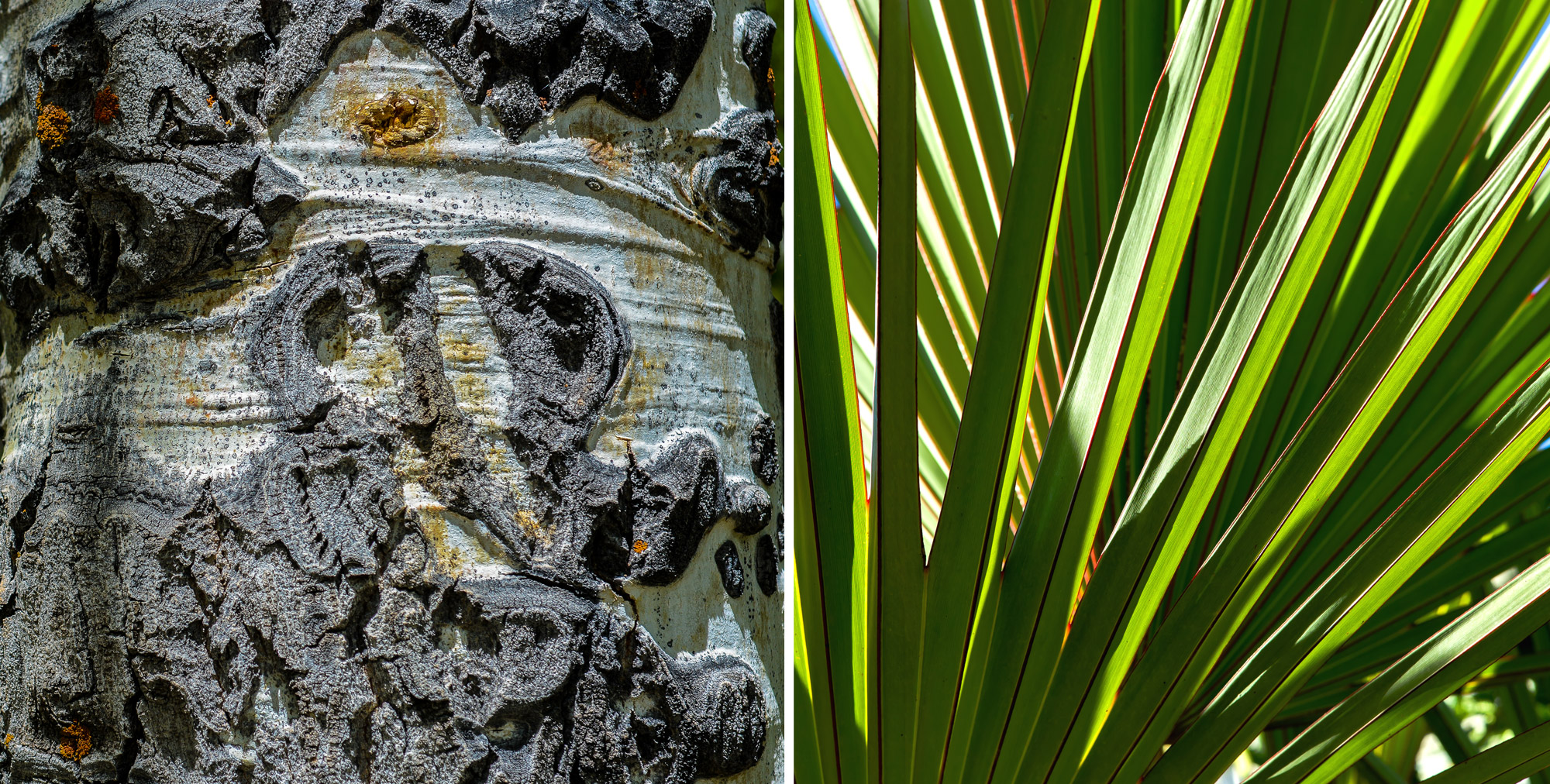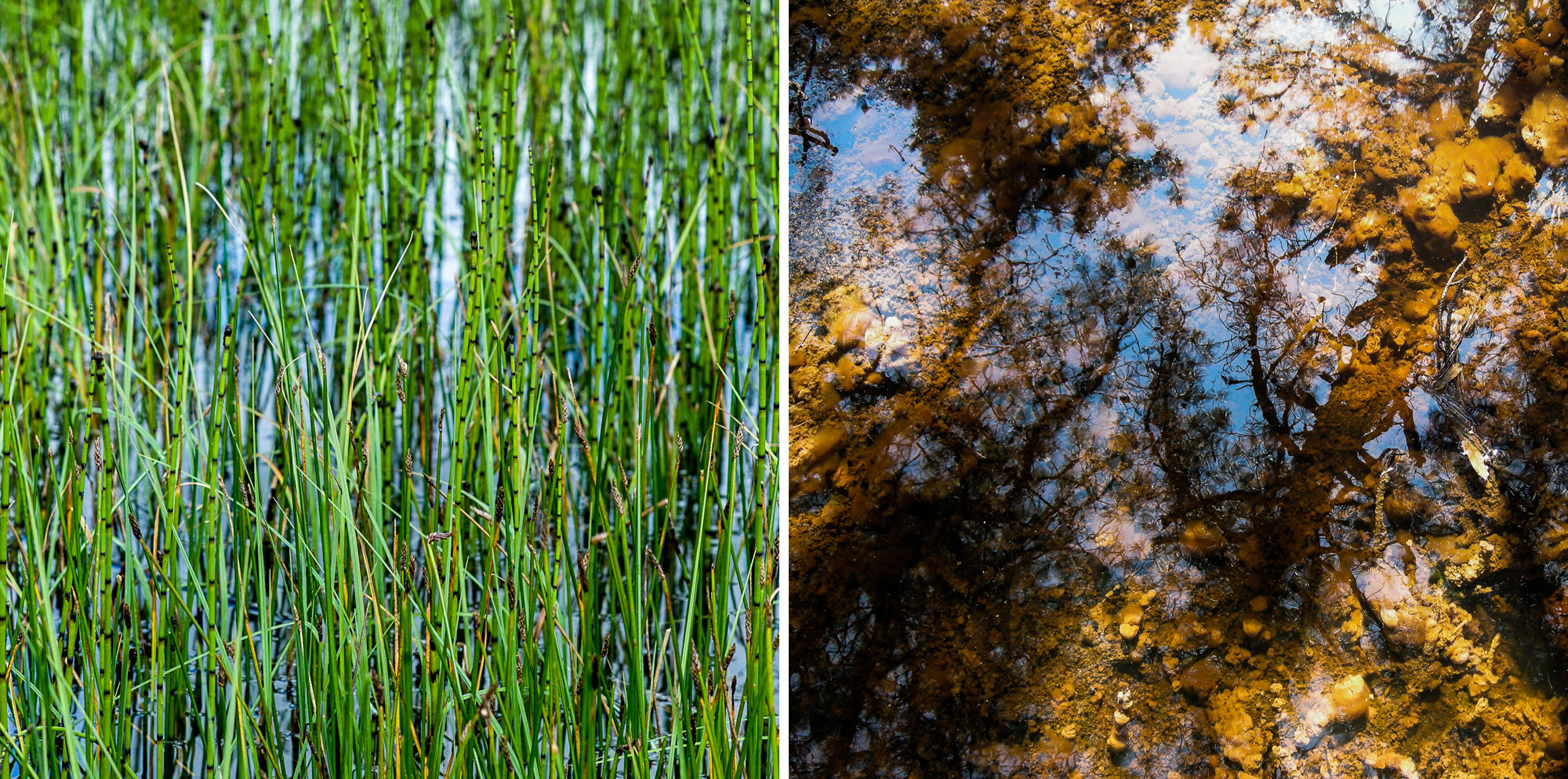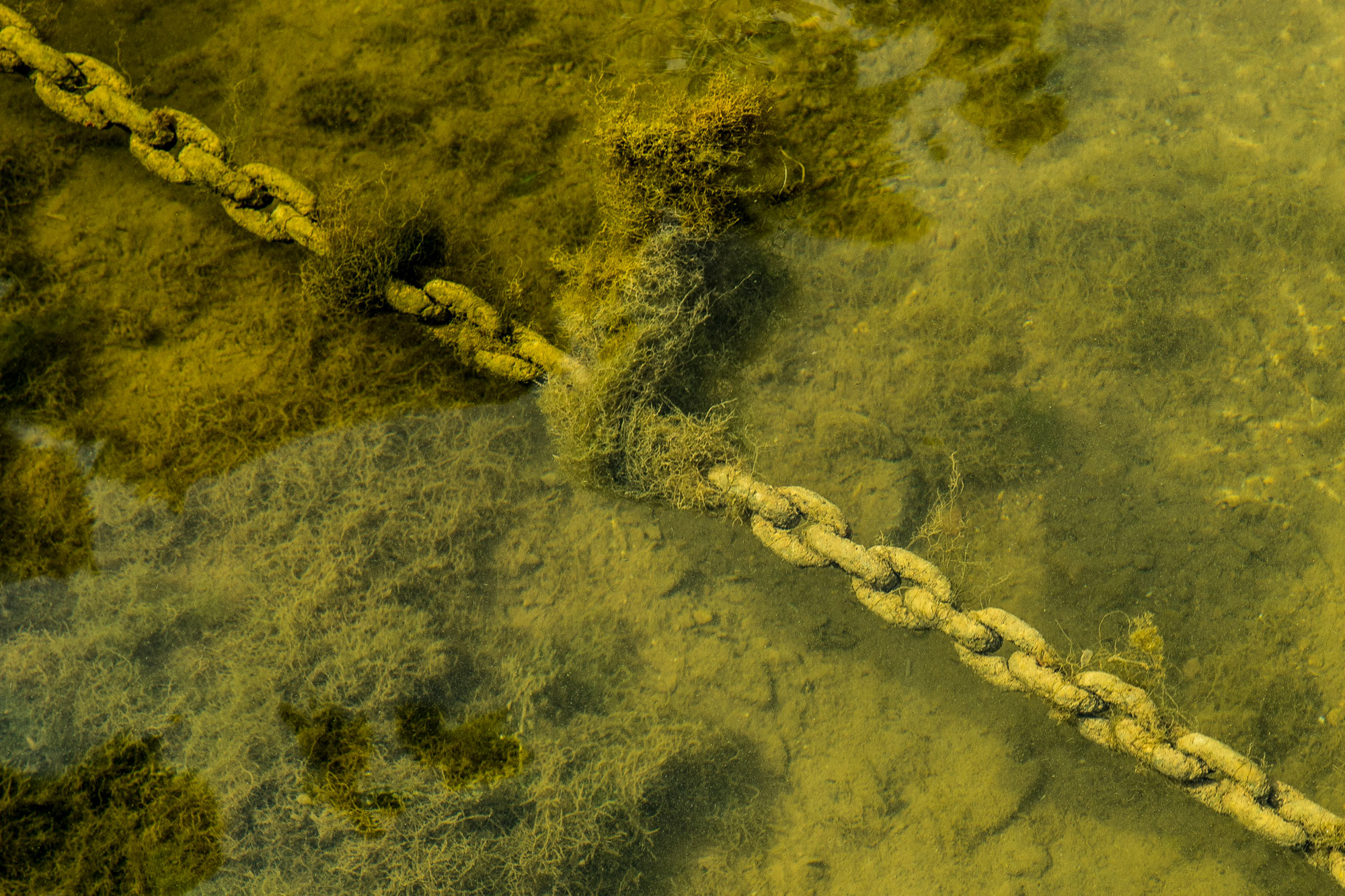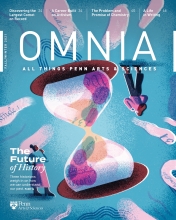“I get a huge kick out of finding out stuff about stuff and sharing it with others,” says Professor of Biology Philip A. Rea, whether it’s a research finding, a piece of music, or a new way of seeing something through one of his photographs. Rea’s exhibit, “Taken,” opened in the Burrison Gallery and Lenape Room at the Inn at Penn on March 11, 2020, which he jokes makes it the record holder for the longest unseen exhibit in Penn’s history. “Taken” will reopen for a few weeks when circumstances permit. We asked Rea, who is also Rebecka and Arie Belldegrun Distinguished Director of the Vagelos Program in Life Sciences and Management, three questions about his photography.
What aspects of photography interest you?
One of the things is the way in which one can capture images that emphasize a part of the whole. There are things we see almost every day which, if examined as entities in their own right, from a particular angle or in a particular light, resonate with our senses. For me, and I hope for the viewer, art photography evokes a heightened awareness of being alive and part of things but in an almost timeless, contextless way.
How does photography intersect with your work as a scientist?
From a very early age, first as a musician, then a scientist, I’ve been aesthetically driven. The images I strive to capture as a photographer are simply another way—in many ways more universally accessible—of finding out stuff and sharing it with others. I remember Dr. Tom Blundell (then a junior lecturer, now Sir Tom Blundell FRS of University of Cambridge) showing my group of first-year university students a slide of the crystal structure of an insulin hexamer and exclaiming with palpable excitement, “Do you see it—the Chartres Rose Window of Notre Dame, Paris?” This was a truly igniting moment for me. It’s what sparked my life-long passion for biochemistry. He made plain the parallels between what he does as a scientist and what it is about art and music, and life in general, that brings him a such a sense of meaning and fulfillment.
What are you trying to convey in your photographs?
Although my photographs are firmly rooted in accurate depiction, they have abstract elements in that they attempt to isolate or emphasize colors, forms, textures, structural repeats, and gradations to reveal things that might otherwise not be seen or given much thought. Whether it is an image of the rust-redness of fallen maple leaves on a rain-sodden sidewalk, the tempera-like quality of an algae-encrusted iron chain in the shallows of a lake, or the intricate multihued weave of the quills on fallen barley, the thrust of what I aim to do through these images is have the viewer come away thinking, “I kinda knew that but would not have given it as much time—would never have really seen it that way—if not for the images put before me.”
To see more of Rea’s photos, click here.
For more information on the Burrison Gallery, click here.
